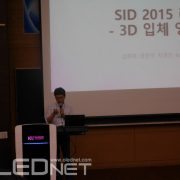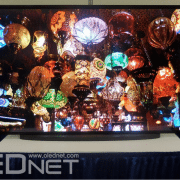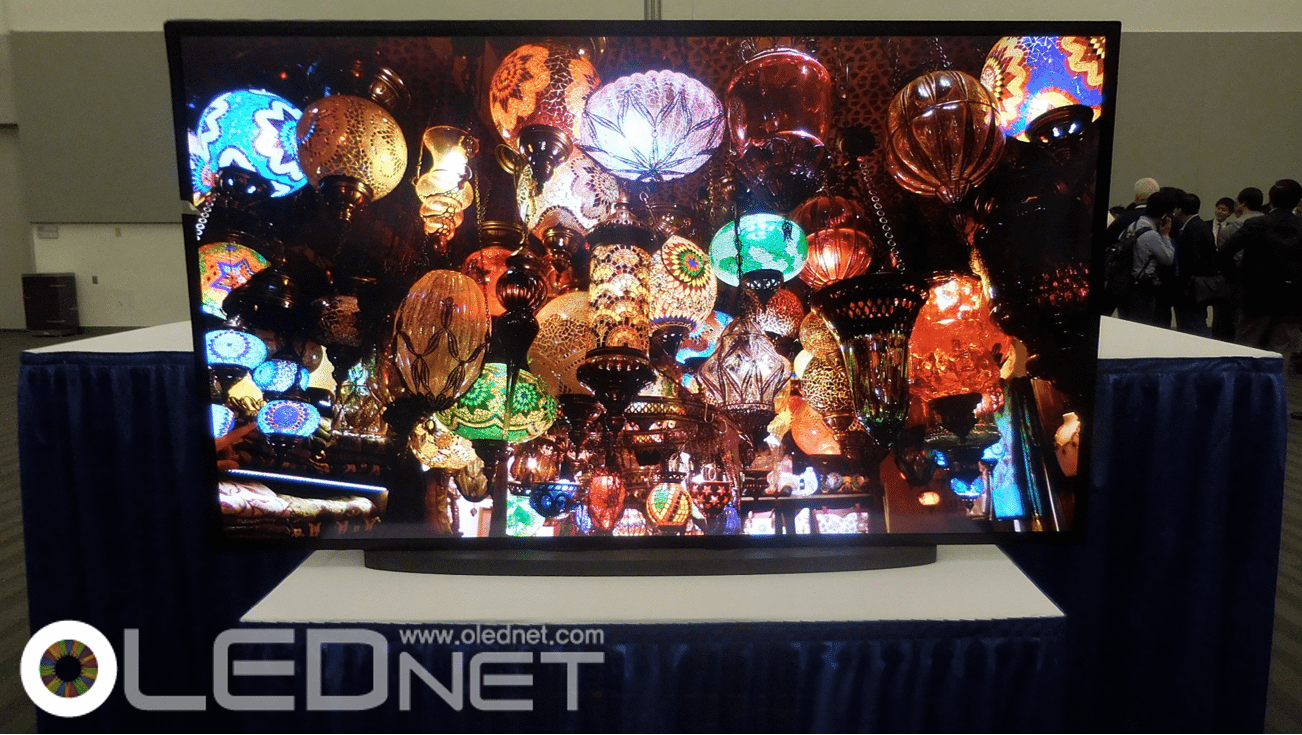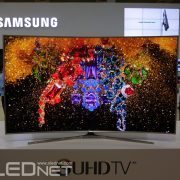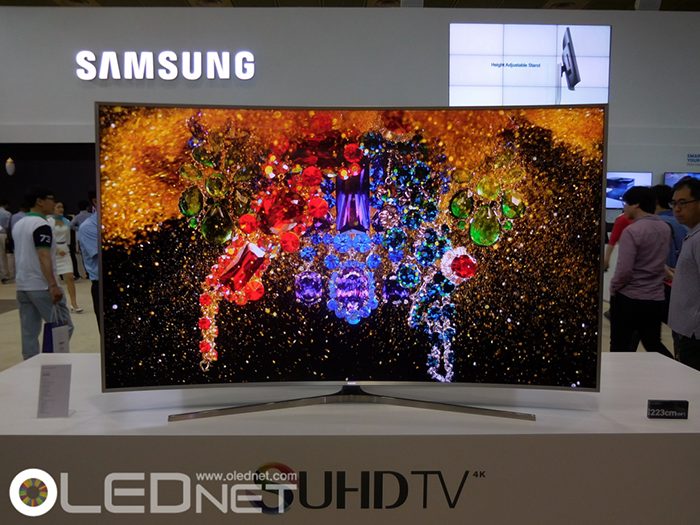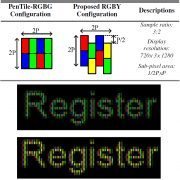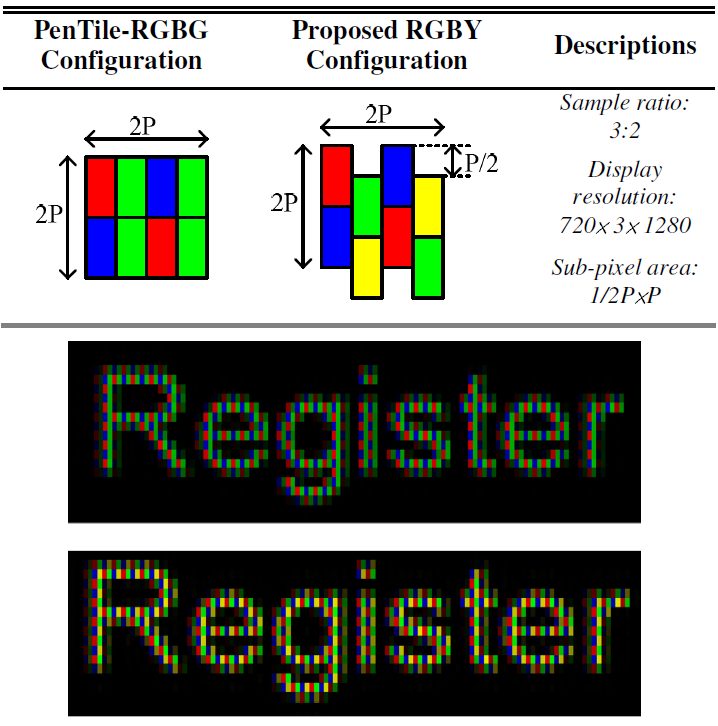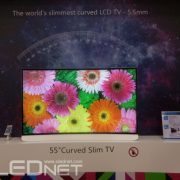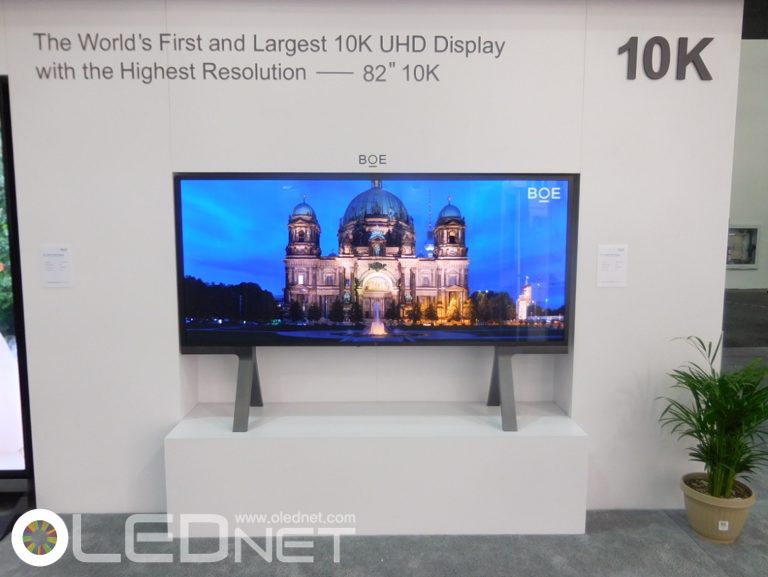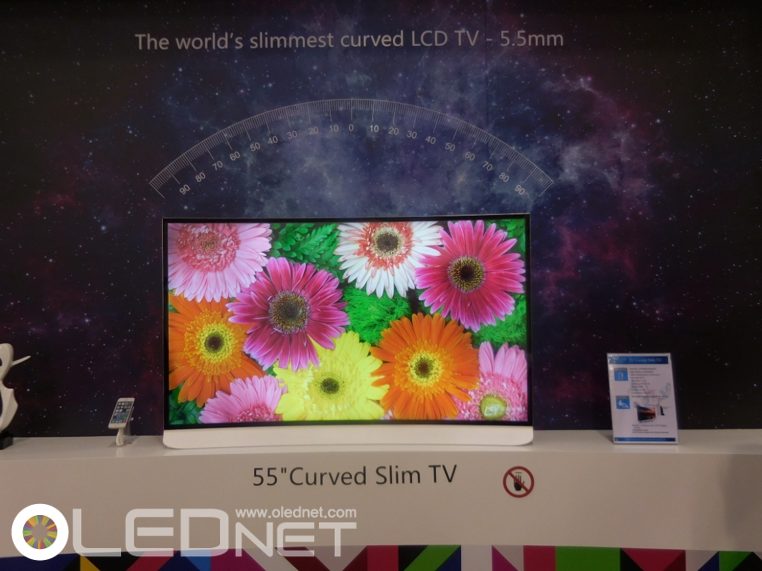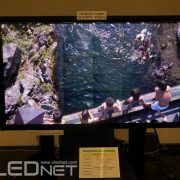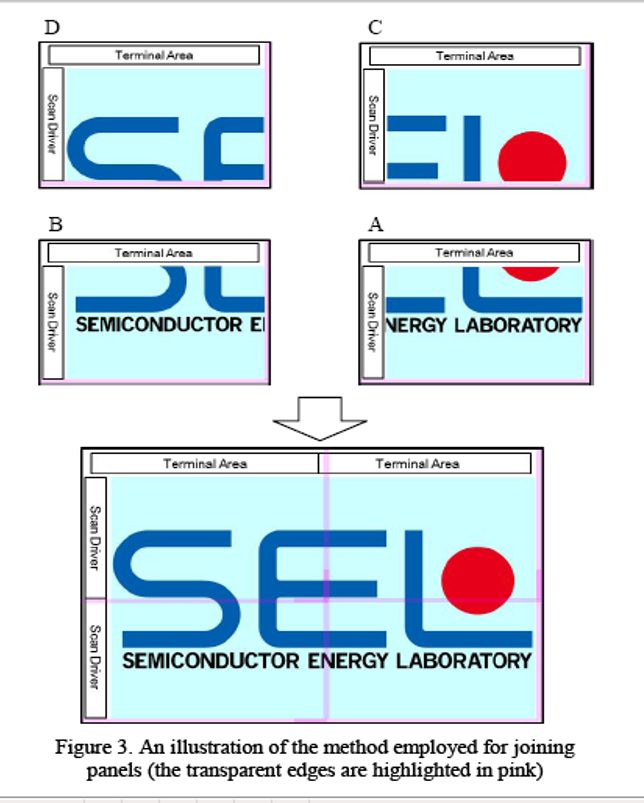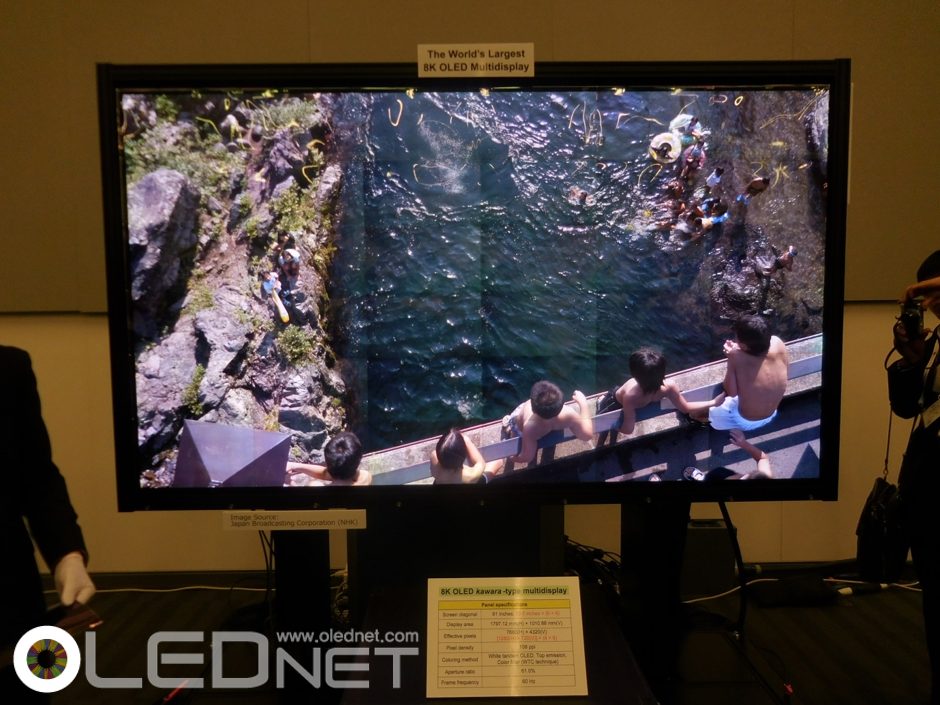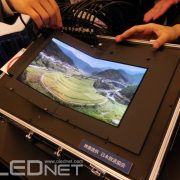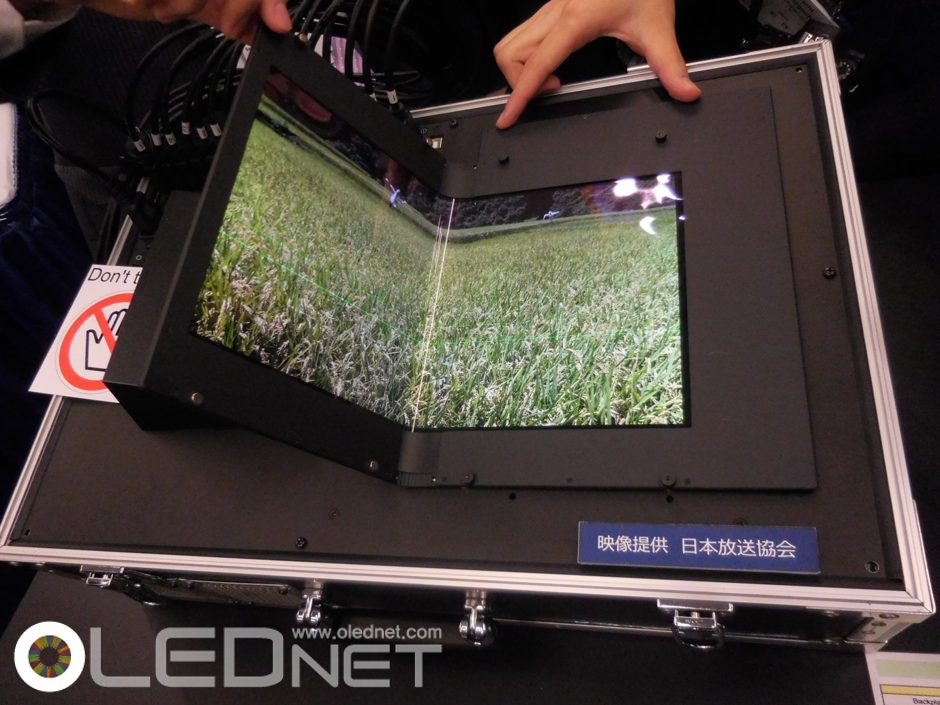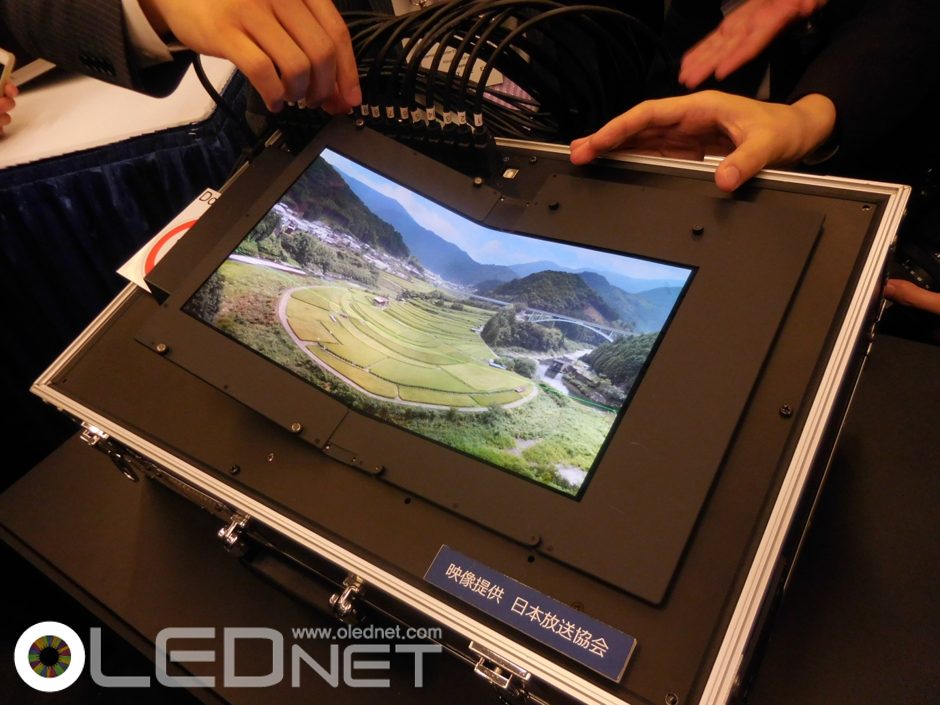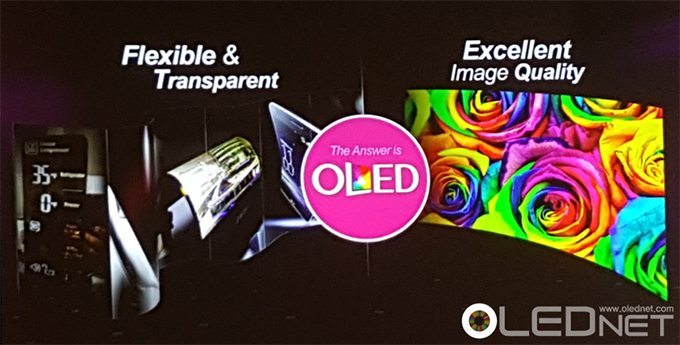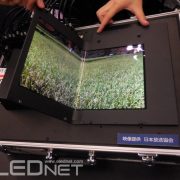HUD와 HMD, 가상현실을 만나 날아오르다.
7월 31일 건국대학교에서 진행된 SID 2015 리뷰 워크샵에서 인하대학교 박재형 부교수는 SID 2015에서 HUD(Head Up Display)와 HMD(Head Mount Display)에 대한 관심이 증가했다고 발표하였다.
HUD는 단순히 외부를 보여주고 비바람을 막아주는 기존 앞 유리의 역할을 넘어서서 운전자에게 다양한 정보를 제공하는 기술을 의미한다. HUD의 도입으로 운전자들은 도로에서 눈을 떼지 않고도 차량과 목적지 정보를 파악할 수 있다. 이 때 단순한 디스플레이가 아니라 사용자의 동작을 인식하여 디스플레이에 반영한다는 것이 AR(증강현실) HUD이다.
일본의 Ricoh사는 SID 2015의 논문을 통해 차량이 자발적으로 조작에 개입하는 장치를 ADAS(Advanced Driving Assistance System)라고 명칭하면서 여기서 얻은 정보를 HUD에 반영하여 사용자의 인식과 판단을 도와줄 수 있다고 발표하였다. 이 때 명암비를 높여 디스플레이가 현실과 일치되어 중첩되게 하고 허상과의 거리가 5m 정도가 될 경우 더 향상된 AR을 구현할 수 있다고 발표하였다.
HMD는 머리에 착용하는 디스플레이 장치를 말하며 다른 디스플레이와 차별화되는 몰입감을 가지고 있다. 또한 넓은 시야각을 가지고 있기 때문에 현장감이 증대되어 엔터테이먼트용 디스플레이 장비로 많이 쓰였지만 최근 AR에 대한 관심이 높아지면서 AR용 디스플레이 기기로 각광받고 있다.
이번 SID 2015에서 Zwickau 응용과학 대학은 초점거리를 조절하여 상이 맺히는 거리를 사용자에 맞게 바꾸어 AR이 자연스럽게 구현되는 HMD 장치를 설계하였다. 중국 저장대학교 광학공학과에서는 3차원 공간상의 모든 점에서 모든 방향으로 빛이 얼마만큼의 세기를 가지는지를 표현하는 Light Field라는 개념을 사용하여 각각의 눈에 홀로그램의 보여주는 방식으로 향상된 AR을 구현하였다.
박재형 부교수는 “SID 2015를 기점으로 하여 AR과 연계된 HMD와 HUD에 대한 관심과 연구가 크게 증가할 것이며 앞으로 이런 경향이 지속될 것으로 보인다.”라고 설명하였다.
삼성전자는 헤드셋에 갤럭시 S6 또는 갤럭시 S6 엣지를 꽂아서 사용하는 HMD 기기인 ‘삼성기어 VR’을 출시하였다. Oculus VR와 Sony Computer Entertainment는 각각 OLED를 적용한 VR 헤드셋 제품인 ‘Oculus Rift’와 ‘Project Morpheus’의 시제품을 발표하고 내년 1분기(Oculus)와 상반기(SCE) 중에 소비자용 정식 버전을 출시할 예정이다. 에이치엘비는 HUD 최초로 ‘허상 거리구현방식’을 적용한 제품인 ‘AproVIEW S2’를 출시한 바 있다.
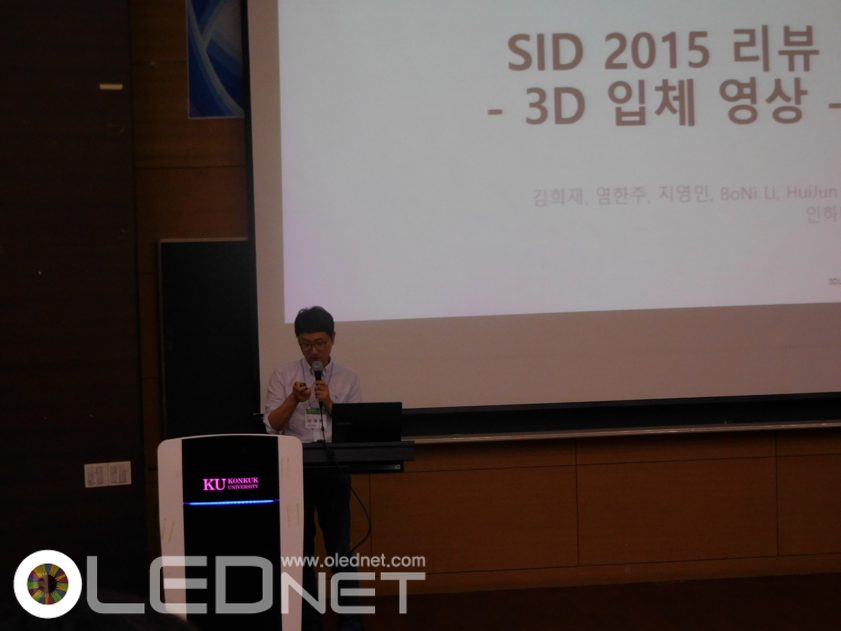
박재형 인하대 부교수, SID 2015 리뷰 워크샵

